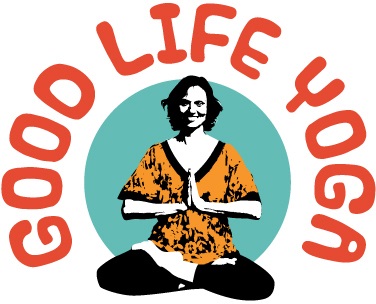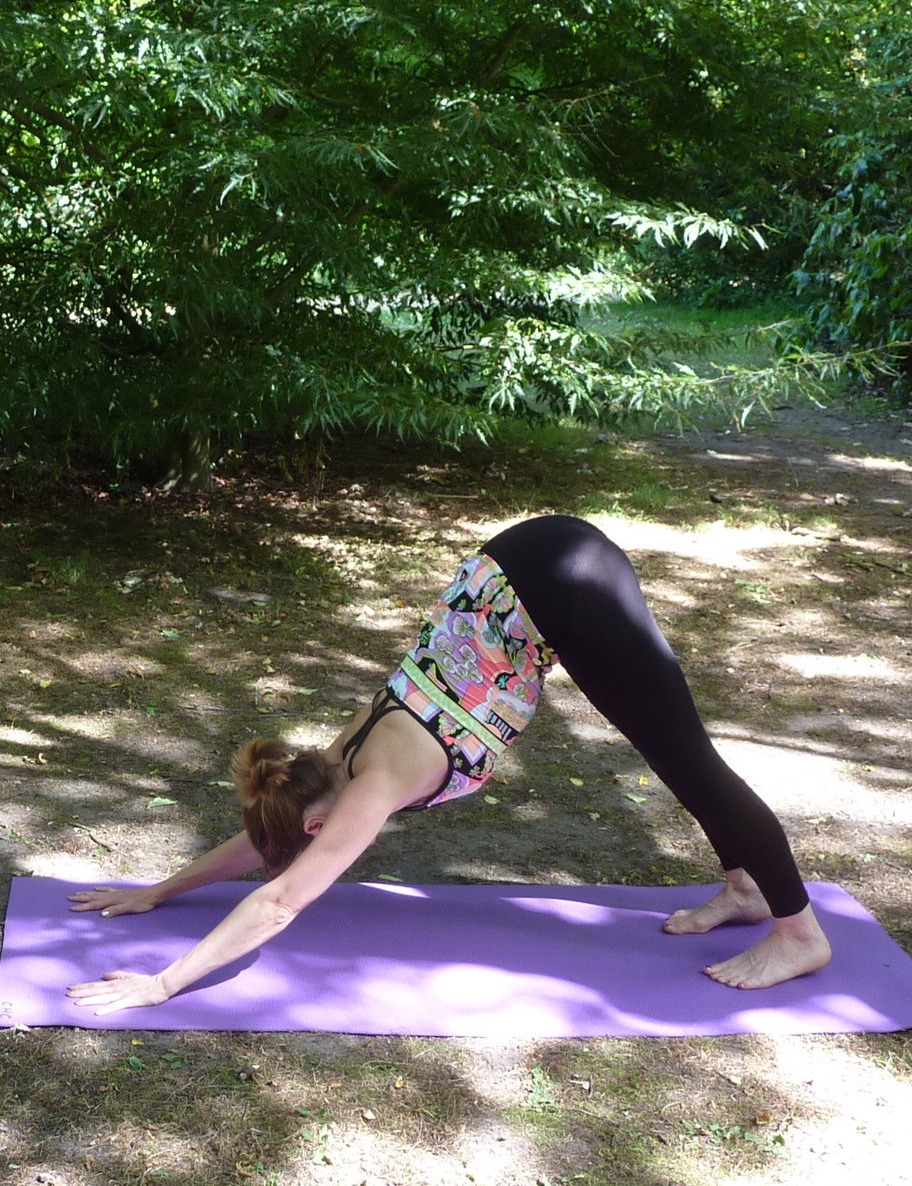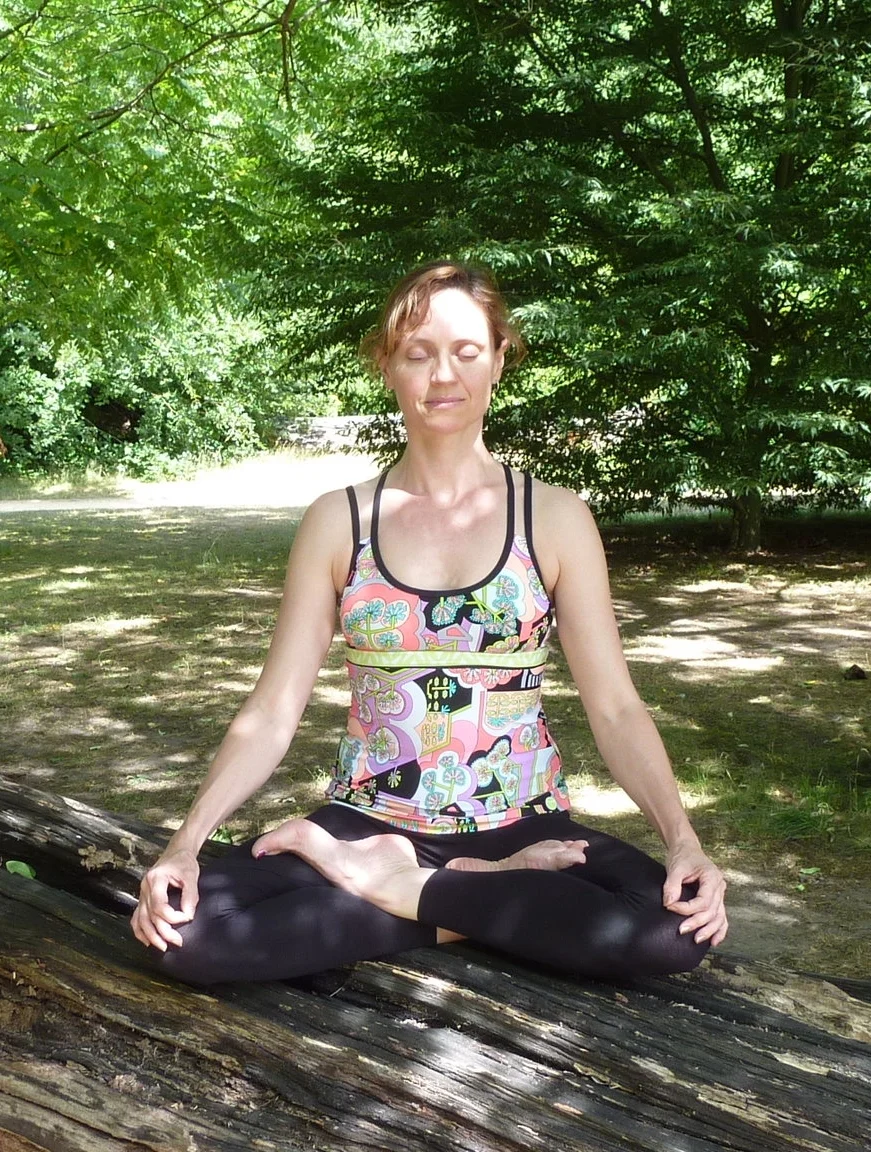Yoga is a holistic practice that originated in India, up to 5000 years ago. In modern classes we use asana (physical postures) to connect our mind, body and breath. This develops overall well-being, stress relief and sense of connection to yourself and your body. The postures improve muscle tone and flexibility, and help maintain the body’s internal systems, for example: the digestive system (metabolism and digestion), the immune system (defence and recovery from illness) and the nervous system (stress management ). Classes may also include breathing practices and meditation to improve your focus and calm your mind. Every session ends with a guided relaxation so your body can absorb the benefits from the practice, recover and prepare for the rest of your day.
The postures vary from class to class and are offered at different levels. We work through the whole body so you're bound to find some poses that are easy for you and others that are challenging, this varies for each body in the room. With some modifications and practice every posture is possible and can embody the key qualities of asana - firmness and ease. Your yoga mat is a place to nurture, explore, challenge and maybe surprise yourself.
Yoga is not a religion or part of any religion but it does have a spiritual aspect to it. The practices, particularly meditation, help you connect to your inner Self, the thing that makes you, the part of you that is beyond your mind. At the end of class we say Namaste and bow to each other. Namaste is a widely used Indian greeting, just like hello, however in yoga we use its spiritual meaning: I honour the place in you in which the entire universe dwells. I honour the place in you which is of love, of truth, of light and of peace. When you are in that place in you and I am in that place in me, we are one.
Here are some of the most popular postures:





